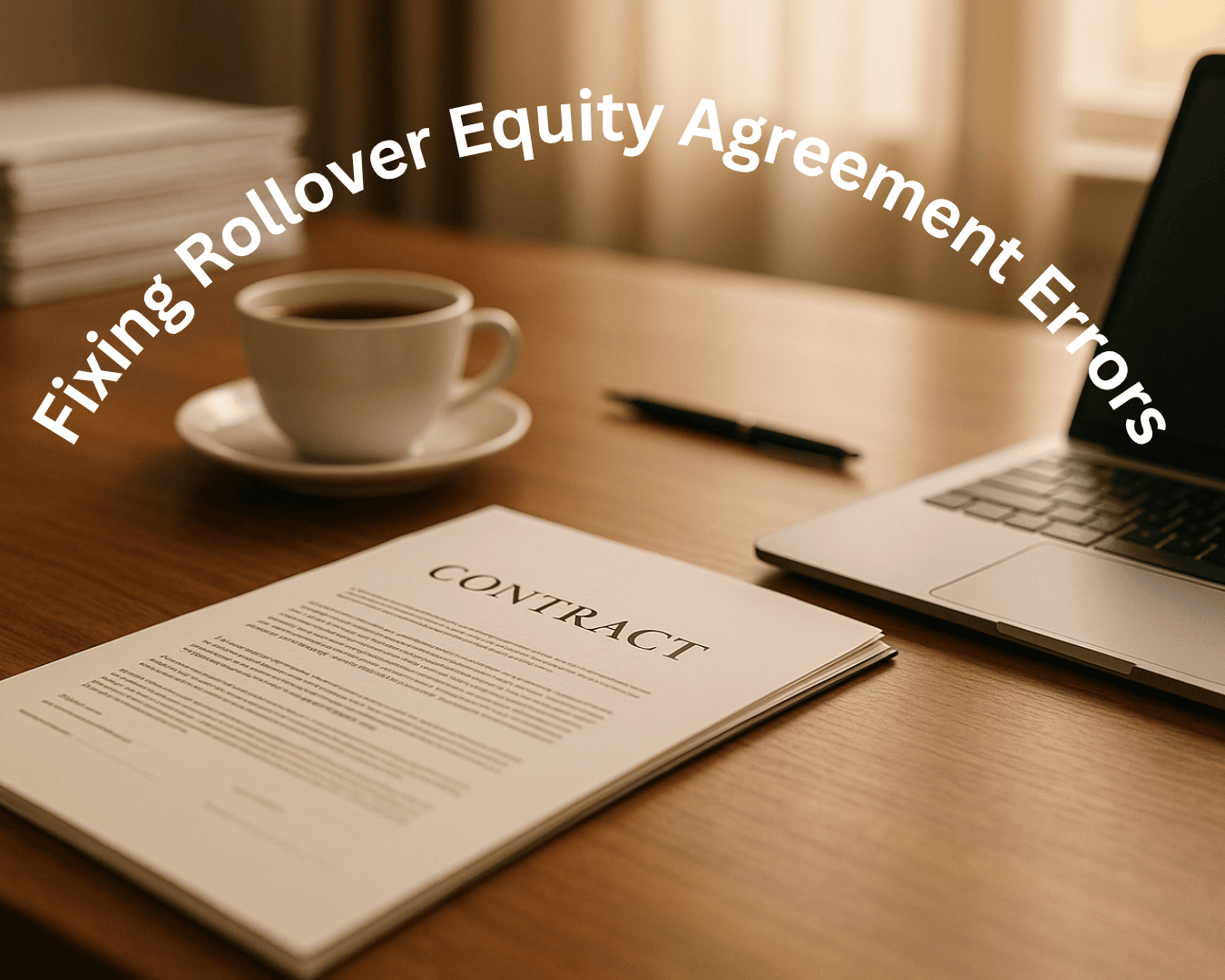Mergers and acquisitions (M&A) thrive on understanding competitive landscapes. Competitive analysis is a must-have for evaluating a target company’s market position, strengths, and risks. It helps buyers reduce uncertainty, plan synergies, and identify growth opportunities.
Here’s what you need to know:
- Types of Competitors: Direct (same products), Indirect (different products, same needs), and Tertiary (overlapping audiences).
- Key Goals: Assess market position, spot risks (e.g., new competitors or tech), and plan synergies.
- Methods:
- Qualitative: SWOT, Porter’s Five Forces, and product portfolio tools.
- Quantitative: Discounted Cash Flow (DCF), market share, and deal valuation metrics.
- Regulatory Compliance: Antitrust laws, HSR filings, and CFIUS reviews are critical.
- Gap Analysis: Compare current performance with desired outcomes to identify improvement areas.
Modern platforms like Clearly Acquired simplify this process with AI tools, secure data rooms, and real-time insights. They streamline everything from competitor mapping to post-deal integration, making M&A analysis faster and more efficient.
Bottom line: Competitive analysis is the backbone of smarter M&A decisions, helping buyers evaluate risks, plan integrations, and achieve long-term success.
Market Research and M&A | How to Analyse Business Deals | Private Equity | Grant Thornton
Methods for Conducting Competitive Analysis
M&A competitive analysis combines strategic insights with financial data to evaluate potential acquisitions. These methods help pinpoint strategic opportunities and guide the due diligence process.
Qualitative Methods
Qualitative approaches, like SWOT analysis, Porter's Five Forces, and portfolio matrices, are used to assess strategic fit, alignment, and market dynamics. For example, a SWOT analysis examines a company's strengths, weaknesses, opportunities, and threats. In the case of a small manufacturing firm, this might highlight strong local relationships (strength), outdated equipment (weakness), regional expansion opportunities (opportunity), and challenges from new regulations (threat). Porter's Five Forces evaluates factors like supplier and buyer power, competition, substitution risks, and market entry barriers to determine the sustainability of the target's competitive position.
Portfolio tools, such as the General Electric–McKinsey matrix and the Boston Consulting Group (BCG) matrix, are particularly useful for companies with diverse product lines or market segments, helping to position the target within its industry. Additionally, evaluating cultural compatibility - through leadership interviews and observing employee engagement - offers a perspective that financial data alone cannot provide. Using multiple methods at different stages of the transaction provides a well-rounded view of the target company.
Quantitative Methods
Quantitative analysis focuses on financial metrics, such as Discounted Cash Flow (DCF) and market share evaluations, to determine value and assess the financial impact of a deal. DCF analysis projects future cash flows and discounts them to their present value, helping to confirm whether the target's price aligns with its financial potential. Market share analysis further clarifies the target's position within its industry and identifies growth opportunities.
Deal valuation plays a critical role in M&A success. Pro Forma Earnings per Share (EPS) analysis, for instance, measures whether a deal will increase (accretive) or decrease (dilutive) the buyer's EPS compared to its standalone performance.
Following Regulatory Guidelines
Regulatory compliance is a key consideration in determining whether a transaction is feasible. Early analysis of antitrust laws and foreign investment regulations ensures the deal aligns with legal requirements. For example, antitrust laws aim to prevent practices that could harm market competition. Under the Hart–Scott–Rodino (HSR) Act, companies involved in certain large transactions are required to file premerger notifications with the FTC and DOJ. Recent updates to HSR filing requirements have added complexity, increasing the compliance burden.
Defining the relevant market is a crucial step in regulatory reviews, as it helps demonstrate that the merger won't lead to monopolistic conditions. For transactions involving foreign entities, CFIUS reviews address national security concerns, adding another layer of scrutiny. To navigate these challenges effectively, companies should engage legal experts early in the process to ensure compliance with both federal and state laws while maintaining open communication with regulatory bodies.
Gap Analysis in M&A Deals
Gap analysis compares a company's current performance against expected outcomes. In the context of mergers and acquisitions (M&A), it helps identify performance gaps relative to both direct and indirect competitors. By going beyond just financial metrics, this analysis offers a broader understanding of operational strengths, market positioning, and strategic opportunities. This helps acquirers grasp not only what they are purchasing but also the potential for improving the business after the deal closes.
What is Gap Analysis
Gap analysis is about uncovering the differences between actual results and desired performance. It pinpoints areas where a target company may fall short compared to competitors, revealing opportunities to add value post-acquisition. This step is crucial for understanding competitive dynamics and ensuring that the acquisition aligns with strategic goals.
How to Conduct Gap Analysis
A thorough gap analysis requires a structured approach across various business aspects. Here's how it can be done:
- Assess Market Share, Product Features, Marketing, and Customer Satisfaction: Use tools like SWOT analysis, sentiment analysis, and media monitoring to evaluate these areas.
- Analyze Industry Trends and Internal Functions: Stay updated on industry developments and review internal departments - such as finance, HR, IT, and supply chain - to identify areas for improvement and align with best practices.
This structured approach allows acquirers to spot gaps early, paving the way for detailed integration plans. Addressing these gaps upfront helps minimize disruptions and ensures smoother operations post-acquisition.
Using Charts and Tables for Comparison
Visual tools like tables and charts make gap analysis findings easier to interpret and act upon. For example, tables can present side-by-side comparisons of key metrics like market share, product features, and operational performance:
| Gap Analysis Component | Target Company Assessment | Competitor Benchmark | Identified Gap |
|---|---|---|---|
| Market Share | Current position and trends | Leading competitor levels | Opportunity for growth |
| Product Features | Existing capabilities | Industry-standard features | Further product development needed |
| Customer Satisfaction | Current ratings and feedback | Best-in-class performance | Room for improvement |
| Operational Efficiency | Present operational metrics | Industry benchmarks | Need to enhance performance |
Charts and heat maps can highlight how these gaps shift over time, helping decision-makers prioritize areas that need attention. For instance, case studies show that standardizing processes can boost efficiency and customer satisfaction. On the other hand, neglecting IT system integration has led to operational disruptions and customer dissatisfaction.
Step-by-Step Process for M&A Due Diligence
M&A due diligence is a structured process that turns market data into practical insights. From mapping competitors to forming deal recommendations, it shapes the foundation for deal structure and valuation.
Complete Process Overview
The process kicks off by identifying key competitors relevant to the M&A evaluation. This includes both direct competitors offering similar products and indirect ones meeting the same customer needs in different ways.
Start by analyzing competitors' revenue, market standing, and growth trends over the past three to five years. This helps determine if the market is fragmented with numerous smaller players or dominated by a few major ones.
Next, dive into industry trends. Examine technological changes, regulatory updates, and shifts in consumer preferences. For example, emerging technologies could shake up market leaders, while new regulations might create entry barriers or shift competitive dynamics entirely.
The following step is to evaluate the strengths and weaknesses of each competitor compared to the target company. This involves studying product portfolios, customer bases, technological capabilities, and strategic moves. Look for standout advantages, like proprietary technologies, exclusive partnerships, or a strong brand presence - factors that could significantly affect the target's future performance. This analysis ties together earlier insights to refine the M&A strategy.
To ensure accuracy, pull data from multiple sources such as public filings, industry reports, regulatory documents, and market research. Cross-reference this information to fill any gaps, creating a solid foundation for strategic decision-making.
Turning Analysis into Decisions
Once the analysis is complete, the next step is to translate the data into actionable strategies. Use the findings to make clear recommendations on risks, opportunities, and potential synergies. Consider how competitive forces might impact the target’s performance and the acquiring company’s strategic objectives.
Scenario planning can help predict competitor reactions, such as price cuts, increased marketing, or new partnerships - any of which could influence market dynamics and financial outcomes.
Quantify these competitive factors. For instance, if the analysis shows the target is under growing competitive pressure, this might justify negotiating a lower purchase price. On the flip side, identifying sustainable advantages could support paying a premium.
Risk assessment is essential. Address immediate challenges, like the potential loss of key customers during integration, as well as long-term risks such as technological disruption or new competitors entering the market. Also, identify opportunities for post-merger improvements, like enhancing customer service if competitors are falling short in that area. These insights are crucial for effective planning and resource allocation.
Creating Summary Reports
The final step is to compile the analysis into a clear, actionable report. Start with the most critical findings, followed by supporting details and a summary of the methodology used.
Competitor profiles should present standardized information - such as market share, revenue trends, strengths, weaknesses, and strategic direction - making it easier to compare competitors and get a clear picture of the competitive landscape.
| Competitor Analysis Component | Key Metrics to Include | Strategic Implications |
|---|---|---|
| Market Position | Market share, revenue, growth rate | Highlights the intensity of competitive pressure |
| Strategic Focus | Product development, expansion plans | Identifies potential future threats |
| Financial Health | Profitability, cash flow, debt levels | Assesses the sustainability of competition |
| Operational Strengths | Technology, customer base, partnerships | Points to key competitive advantages |
Use visuals like charts to illustrate market share trends and competitive positioning. Tables comparing key metrics can further simplify complex data, making it more digestible without replacing detailed analysis.
The report should also provide concrete recommendations for deal structuring and negotiations. Clearly explain how competitive factors might influence the purchase price, deal terms, or integration timelines, and back up each recommendation with solid reasoning.
Include strategies to mitigate risks. For example, outline steps to counter competitive threats, such as speeding up integration, investing in competitive capabilities, or adjusting market positioning after the acquisition. These recommendations not only guide negotiation decisions but also lay the groundwork for integration planning, aligning with the overall M&A strategy.
Finally, consider leveraging advanced tools like automated document management systems or deal management platforms. These tools can streamline data collection and analysis, saving time while ensuring accuracy and thoroughness in the assessment process.
sbb-itb-a3ef7c1
Technology Tools for SMB M&A Analysis
Modern AI-powered platforms have revolutionized how competitive analysis and due diligence are conducted, cutting down tasks that once took weeks into mere days. This shift has paved the way for platforms like Clearly Acquired to provide precise, data-driven insights for small and medium-sized business (SMB) mergers and acquisitions.
How Clearly Acquired Helps
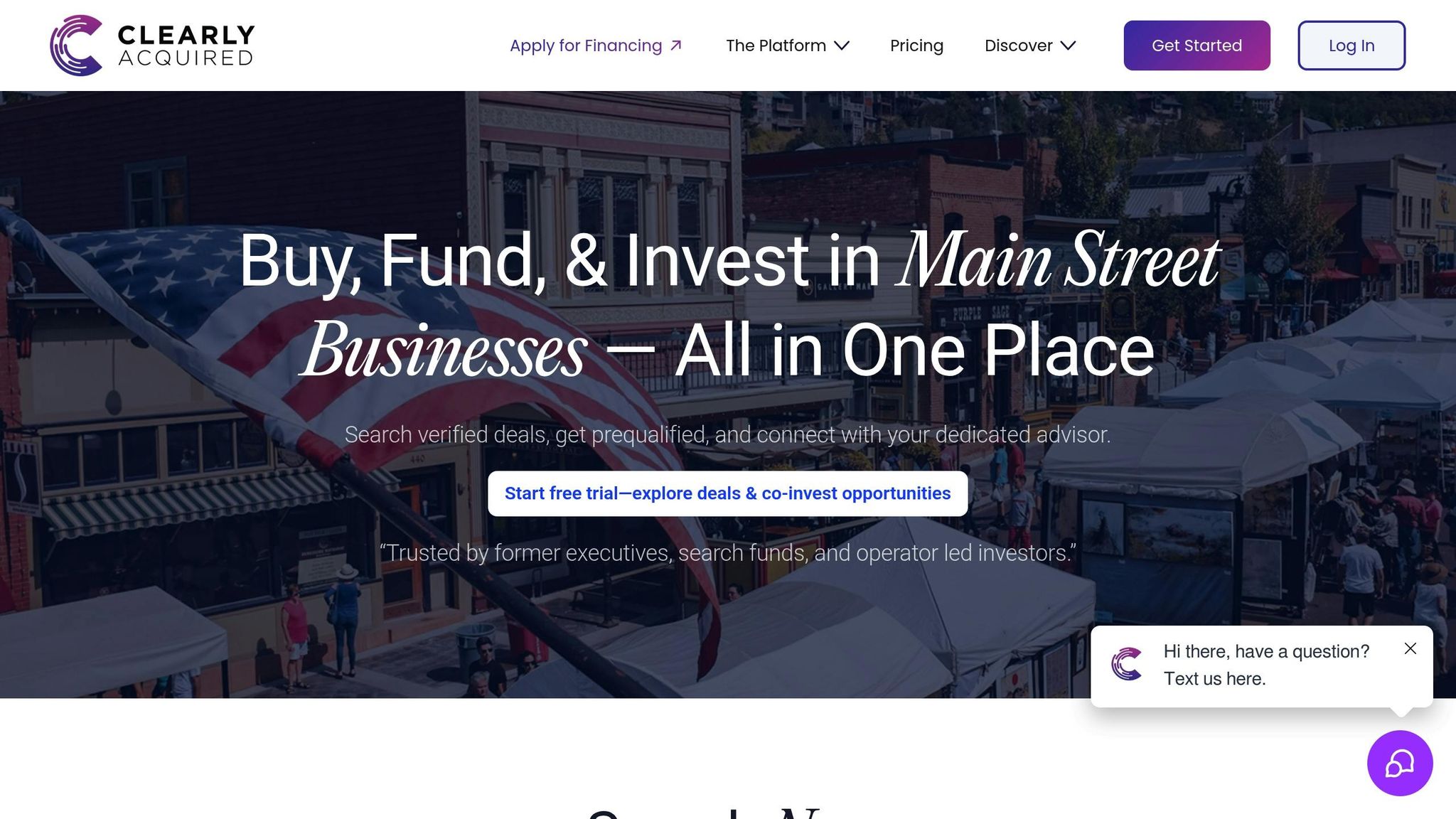
Clearly Acquired combines capital, advisory services, and proprietary AI tools to simplify every step of the M&A process. With access to over 100,000 listings and 200 million of off-market businesses, the platform uses AI to identify acquisition opportunities with strong potential. It evaluates financial performance, market position, and strategic compatibility to pinpoint the best targets quickly and efficiently.
With millions of users and significant monthly transactions, Clearly Acquired has positioned itself as a go-to resource for Main Street M&A. It also offers the expertise of over 125 advisors, blending human insight with cutting-edge technology.
Platform Features for M&A Analysis
Clearly Acquired's suite of tools is designed to make M&A analysis both thorough and efficient. Its advanced search functionality allows users to sift through a database of 3.2 million businesses across more than 50 industries. Buyers can refine their searches to meet specific competitive requirements, ensuring they zero in on the best opportunities. The platform also simplifies document management with automated NDA deployment, saving time and reducing administrative headaches.
The Deal Hub feature offers a secure, integrated interface that includes a data room for managing sensitive information. This ensures that important competitive intelligence is both protected and accessible to authorized parties. Real-time messaging keeps communication flowing, enabling quick decisions and seamless collaboration among stakeholders. A personalized dashboard provides real-time analytics and insights, presenting key metrics and market positioning data in easy-to-digest visuals.
AI tools are central to the platform, automating the identification of risks, compliance issues, and red flags within financial records and contracts. By analyzing historical data, market trends, and competitor activity, the system delivers actionable insights that help businesses refine their strategic positioning.
Supporting the Complete M&A Process
Clearly Acquired enhances every phase of the M&A process with actionable insights and real-time data. Its AI algorithms process vast datasets to uncover potential risks and opportunities, helping buyers make informed decisions. Even users without advanced analytical skills can benefit from its intuitive dashboards and visual reports, which simplify complex datasets.
Post-deal integration is another area where Clearly Acquired shines. The platform identifies synergies between merging companies and suggests strategies to maximize the benefits of the transaction. As the broader M&A industry increasingly adopts AI - expected to play a role in 80% of processes in the coming years - platforms like Clearly Acquired are leading the charge in transforming how deals are analyzed and executed.
Conclusion: Why Competitive Analysis Matters in M&A
Competitive analysis is the backbone of successful mergers and acquisitions (M&A), offering insights that guide smarter decisions and help create long-term value. Without a clear understanding of market dynamics, companies risk overpaying, underestimating integration challenges, or missing out on strategic opportunities.
Key Takeaways
A well-structured competitive analysis sharpens M&A outcomes by focusing on critical metrics like market share, revenue growth, profitability, and customer demographics. These insights help businesses anticipate market trends and navigate potential risks effectively. It's important to look beyond current competitors, factoring in potential new entrants, supplier shifts, and external influences such as regulatory changes or advancements in technology.
The rise of advanced technology platforms has revolutionized competitive analysis. AI-powered tools now automate data collection and provide real-time updates, enabling companies to stay agile in fast-changing markets. These tools have made in-depth analysis more accessible across businesses of all sizes.
Post-merger, continuous monitoring is essential to maintain a competitive edge. By staying vigilant, companies can uncover new growth opportunities, address emerging threats, and sustain the value generated through their M&A efforts. Ongoing competitive intelligence ensures strategies remain adaptable and effective.
Ultimately, competitive analysis ties into broader M&A themes like risk management and synergy planning. These insights form the foundation for actionable strategies that enhance the likelihood of a successful acquisition.
Moving Forward
To build on these insights, buyers, investors, and entrepreneurs should harness the power of technology to streamline the M&A process. Platforms like Clearly Acquired offer an integrated solution for competitive assessments, deal sourcing, due diligence, and financing.
Clearly Acquired provides access to a vast database of 3.2 million businesses across more than 50 industries. Its AI-driven tools analyze extensive datasets to reveal market positioning, competitive strengths, and hidden risks - insights that might otherwise go unnoticed.
For those looking to deepen their expertise, Clearly Acquired also offers educational resources and advisory support. By mastering competitive analysis frameworks and staying up-to-date on industry trends, users can better identify strategic opportunities and navigate complex markets. The platform’s network of over 125 advisors brings valuable human expertise to complement its technological capabilities.
Additional features like automated NDA deployment, secure data rooms, and real-time messaging simplify the administrative side of M&A while ensuring security and compliance. These tools reduce delays and support faster, more confident decision-making throughout the acquisition process.
As the competitive landscape continues to evolve, companies that invest in robust analytical tools and technology-driven platforms will be better positioned to seize opportunities, manage risks, and execute transactions that deliver lasting value.
FAQs
How do qualitative and quantitative methods work together in competitive analysis for M&A deals?
When analyzing competitive opportunities in M&A deals, using both qualitative and quantitative methods creates a more thorough evaluation.
Quantitative methods deal with hard numbers - things like financial performance, market share, and growth trends. These metrics reveal patterns and measurable insights that are essential for making data-driven decisions.
Meanwhile, qualitative methods focus on the less tangible aspects, such as leadership quality, company culture, customer loyalty, and competitive positioning. These elements add depth and context, offering perspectives that numbers alone can’t provide.
By blending these two approaches, you get a fuller picture of the target business, helping you make decisions with greater clarity and confidence.
Why is regulatory compliance important in mergers and acquisitions, and how can businesses ensure they meet these requirements?
The Role of Regulatory Compliance in Mergers and Acquisitions
Regulatory compliance plays a crucial role in mergers and acquisitions (M&A). It ensures businesses meet legal requirements, avoid hefty penalties, and maintain credibility with stakeholders. This process involves navigating a maze of legal frameworks, including antitrust laws, consumer protection rules, and regulations specific to certain industries.
To stay on track, companies should prioritize comprehensive due diligence from the start. Identifying relevant laws early and submitting required regulatory filings on time are key steps. Additionally, involving seasoned legal advisors and implementing ongoing compliance checks can help minimize risks and keep the process on course, paving the way for a successful deal.
What is gap analysis, and how can it help identify areas for improvement after an acquisition?
Gap analysis serves as a powerful tool for assessing how an organization’s current performance stacks up against its desired future goals. After an acquisition, it becomes especially useful in pinpointing areas that need attention - whether it’s streamlining operations, addressing resource shortages, or fixing misaligned processes. This approach helps ensure a smoother transition and boosts overall performance.
To carry out a gap analysis effectively, start by setting clear objectives and measurable benchmarks. Gather and analyze relevant data to spot the differences between where things stand now and where they need to be. Once you’ve identified these gaps, develop actionable strategies to close them, prioritizing areas that promise the greatest impact. Regularly reviewing progress with your team and comparing results to industry standards can help fine-tune the process, keeping the organization on track for steady improvement post-acquisition.

















.png)
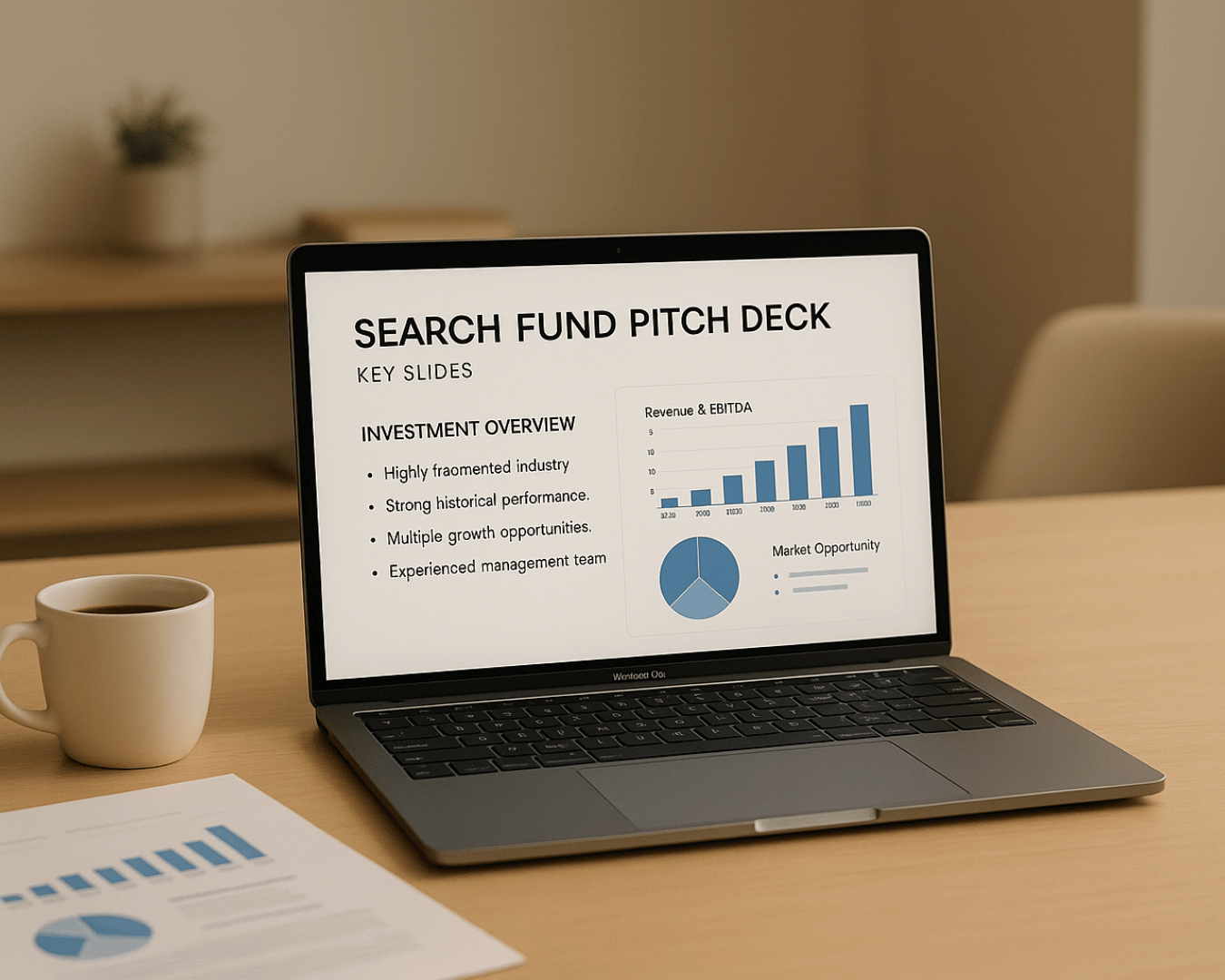






































.png)






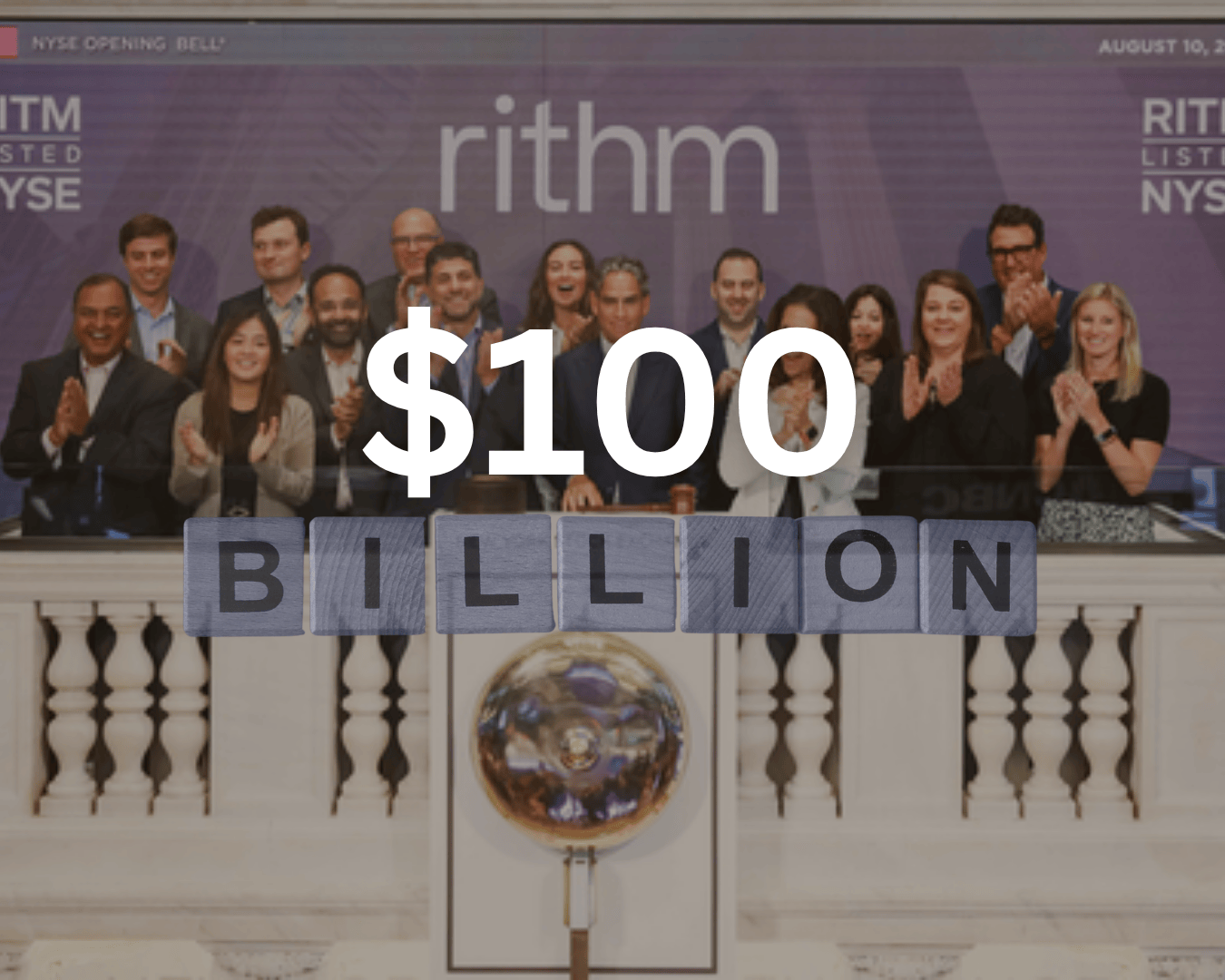





















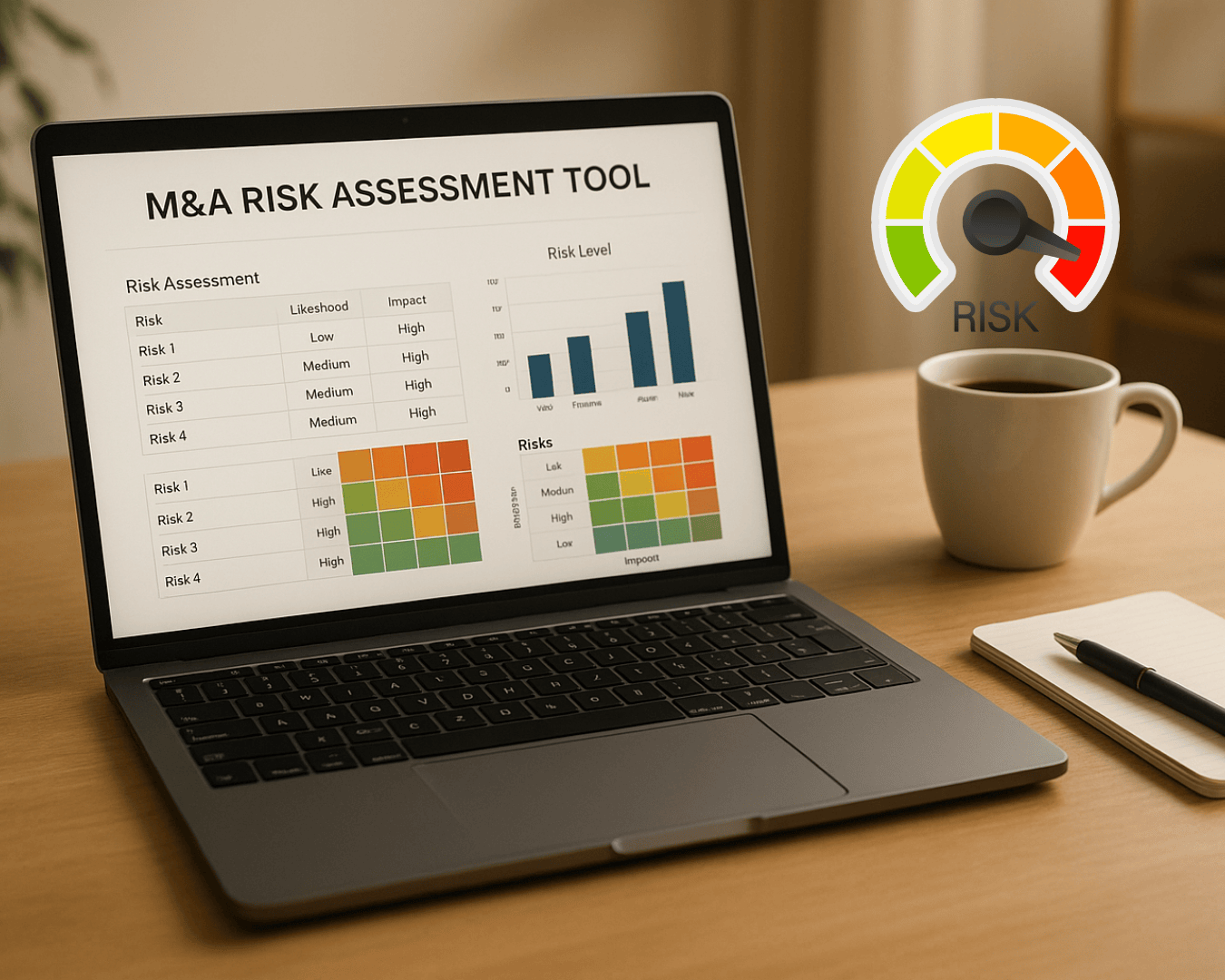

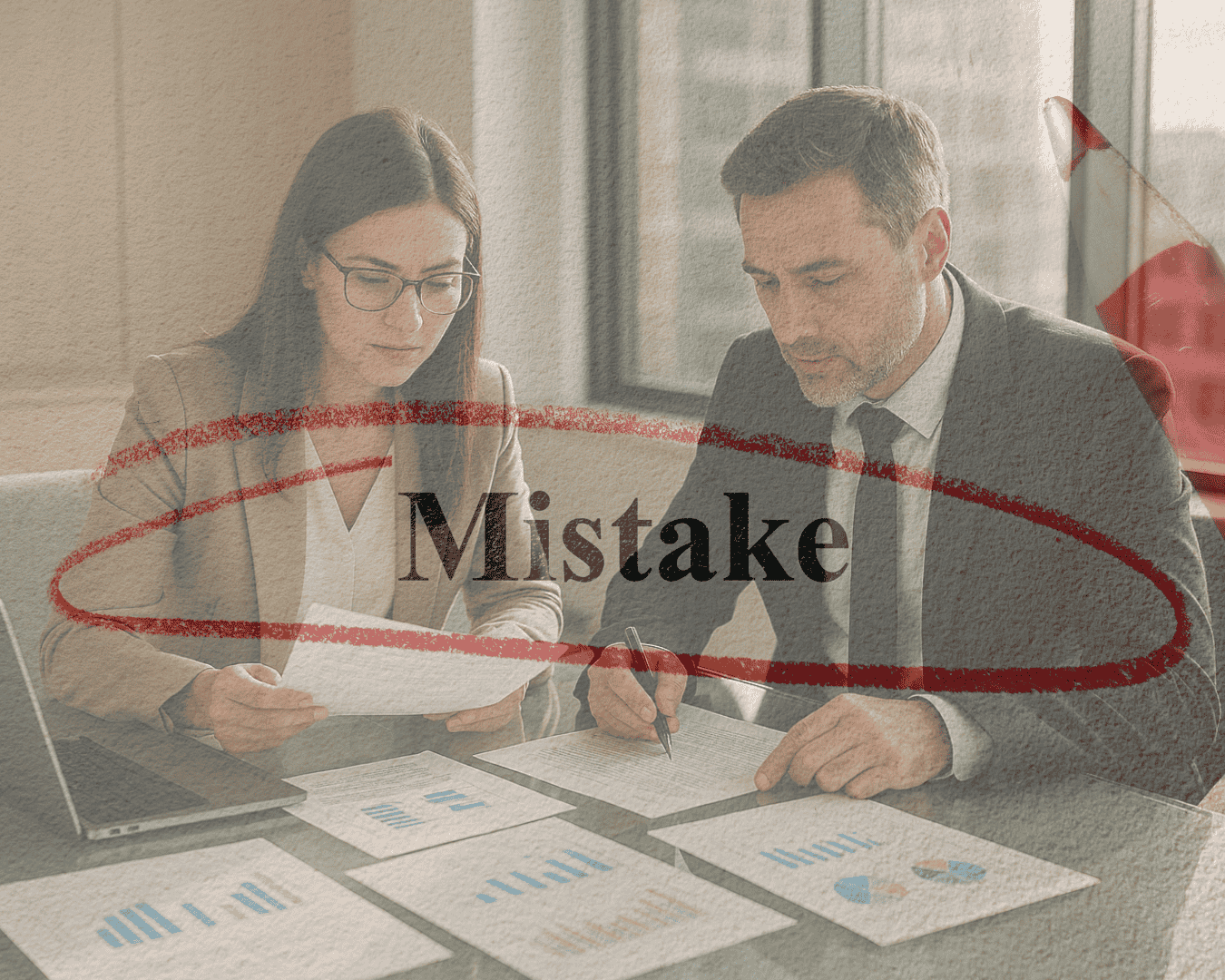









%20Loan%20Application%20Checklist.png)
